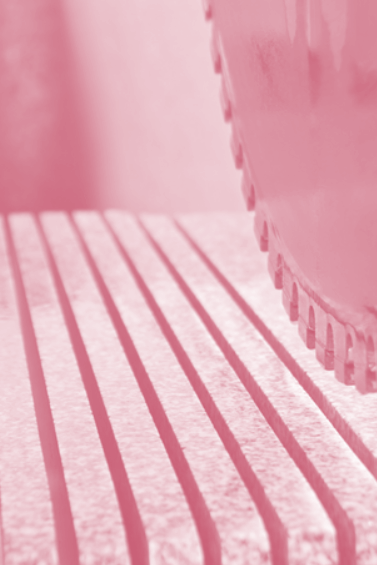States run cross-border blitz
 WorkSafe Victoria and SafeWork NSW are joining forces for a cross-border construction blitz.
WorkSafe Victoria and SafeWork NSW are joining forces for a cross-border construction blitz.
Inspectors will visit worksites in Victoria and NSW from 21-25 August to educate employers on their health and safety obligations, identify existing risks and ensure safety requirements remain consistent on both sides of the border.
WorkSafe Victoria Director Construction and Earth Resources Matt Wielgosz says proactive inspections in a high-risk industry like construction are incredibly important.
“It’s a million times better to identify and fix safety issues beforehand than it is to see a workmate suffer a horrific injury or death that could’ve been easily avoided,” he said.
Since 2018 in Victoria, there have been 20 fatal falls from height in the construction industry, and construction workers accounted for almost a third of all workers injured in falls, making up 2,283 of the 7,769 claims accepted by WorkSafe.
“Every single injury and death caused by falling from height is preventable if the right safety measures are in place,” Mr Wielgosz said.
Falls from height is the number one cause of traumatic fatalities on NSW construction sites, with 16 people killed between 2018 and 2022. Workers aged between 20 and 29 experience the highest number of falls and those aged over 50 make up the highest number of fatalities.
SafeWork NSW Executive Director Compliance and Dispute Resolution Matt Press said inspectors had proactively visited more than 80 construction sites in the NSW Murray region so far in 2023, issuing 187 improvement notices, 37 prohibition orders and eight penalty notices for unsafe work.
“This year we have also responded to eight dangerous incidents on top of 21 serious injuries, so we’re targeting this cross-border region with our Victorian colleagues to hold duty holders to account on their site safety performance,” Mr Press said.
Inspectors will also seek to ensure employers are identifying high-risk crystalline silica work and preparing hazard control statements prior to commencing the work.
Mr Wielgosz said although many in the construction industry knew about the dangers of crystalline silica dust when working with engineered stone, fewer knew that this building material is not the only worry.
“Cutting or crushing products like ceramic tiles, concrete, bricks and marble without appropriate protection can also put workers at risk of respiratory diseases like silicosis,” he said.
“There are, however, measures employers can and must take to protect workers engaged in high-risk silica work, including providing tools with water suppression, supplying well-fitted PPE and carrying out air monitoring.”







 Print
Print